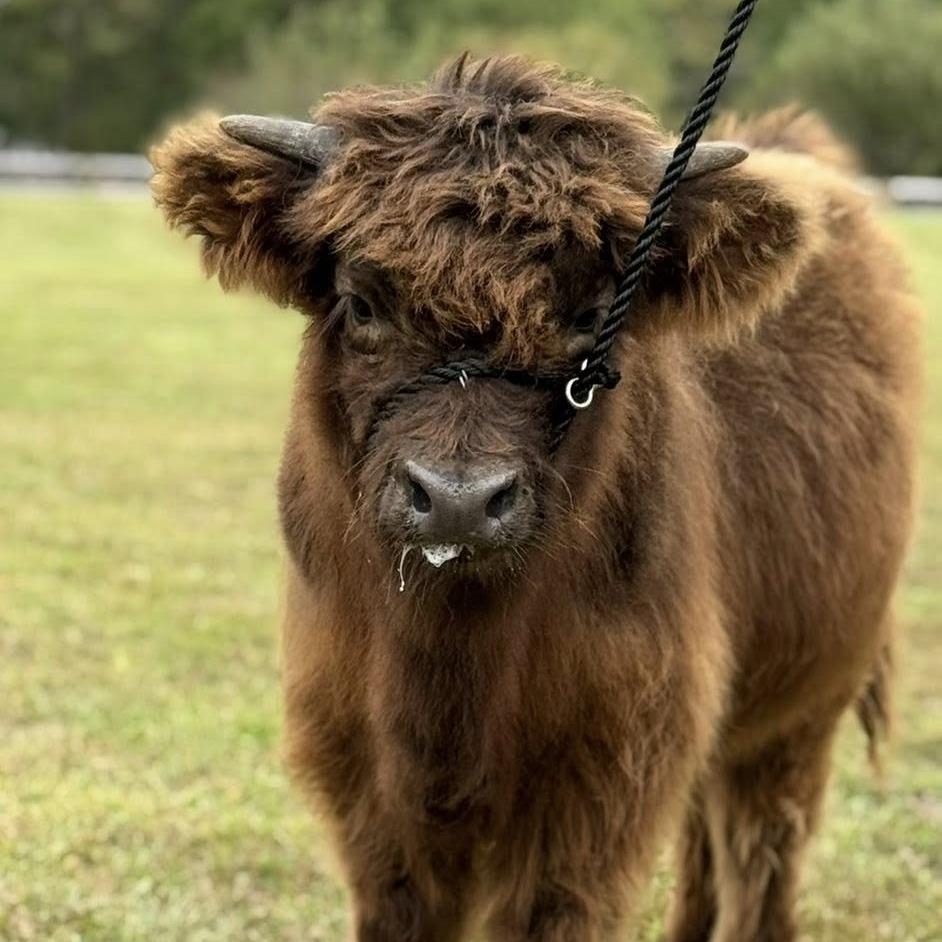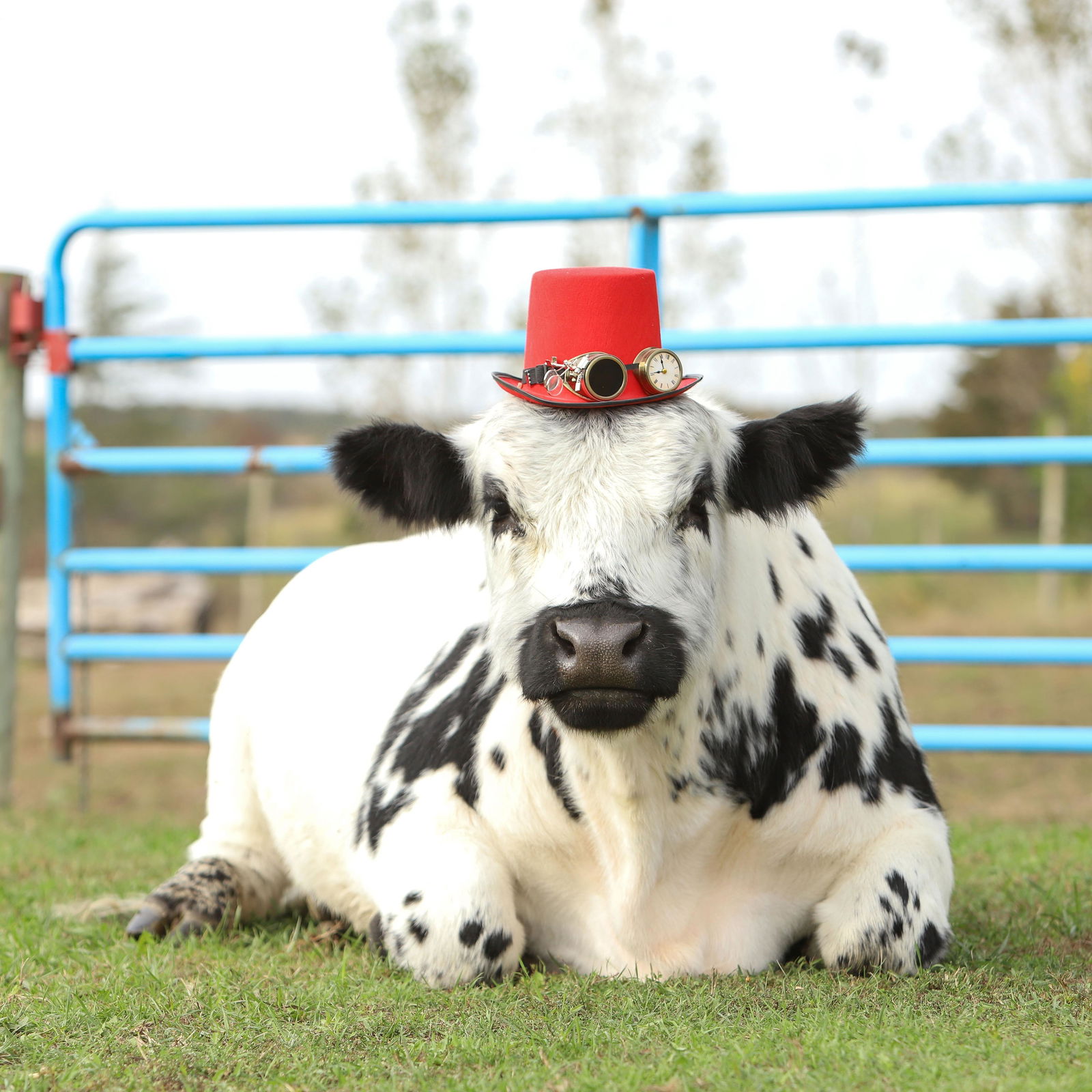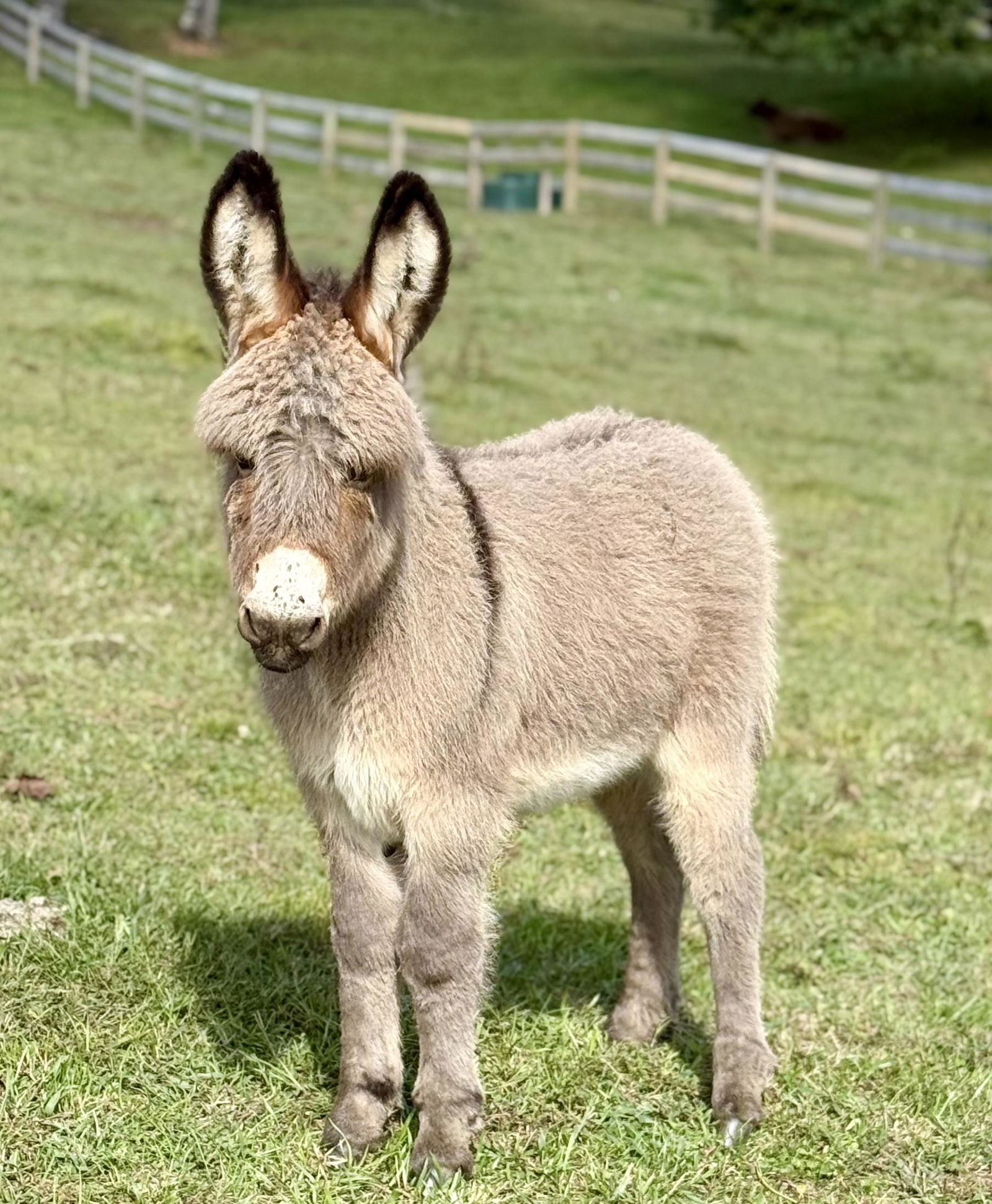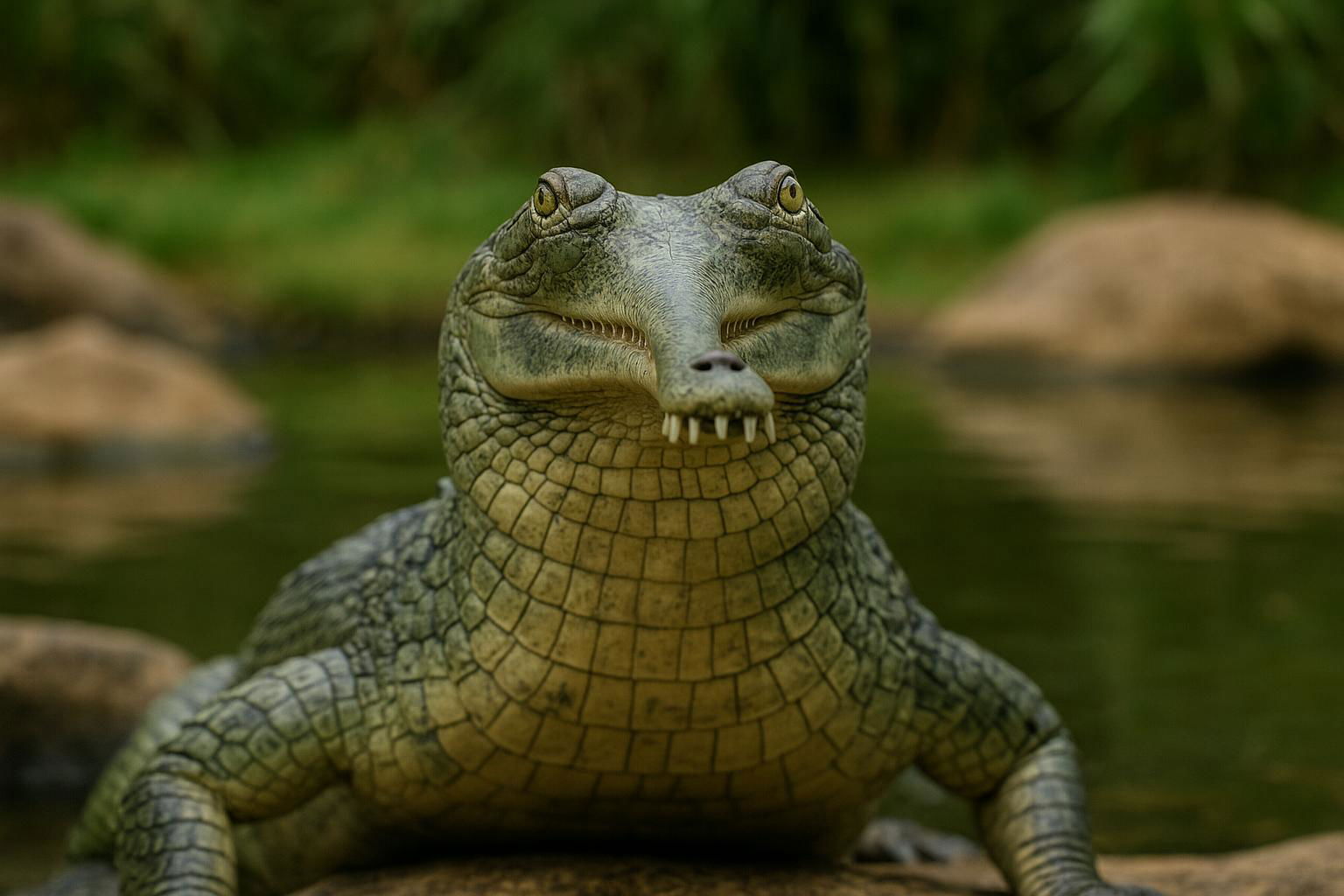
Gharial
Gavialis gangeticus
The Gharial (Gavialis gangeticus) is a distinctive species of crocodilian known for its long, slender snout, which is adapted for catching fish, its primary diet. This unique feature, coupled with its numerous interlocking, needle-like teeth, makes it particularly efficient at swift, side-to-side snatching of slippery prey. Native to the riverine landscapes of the Indian subcontinent, the gharial is primarily found in the deep, fast-flowing rivers of Northern India and Nepal. These reptiles are highly aquatic, spending most of their time in water, where their streamlined bodies are well-suited for swimming.
Gharials can grow to impressive sizes, with males reaching lengths of up to 6 meters (20 feet), although females are generally smaller. Males are easily distinguished by the bulbous growth, called a ghara, at the end of their snout. This structure is thought to assist in sound production and possibly plays a role in courtship. Notably, gharials are considered one of the most critically endangered crocodile species due to habitat loss, depletion of fish prey, and human encroachment along riverine systems, leading to a dramatic decline in their population. Conservation efforts are now underway, focusing on habitat protection, captive breeding, and community involvement programs to ensure the survival of this extraordinary species.

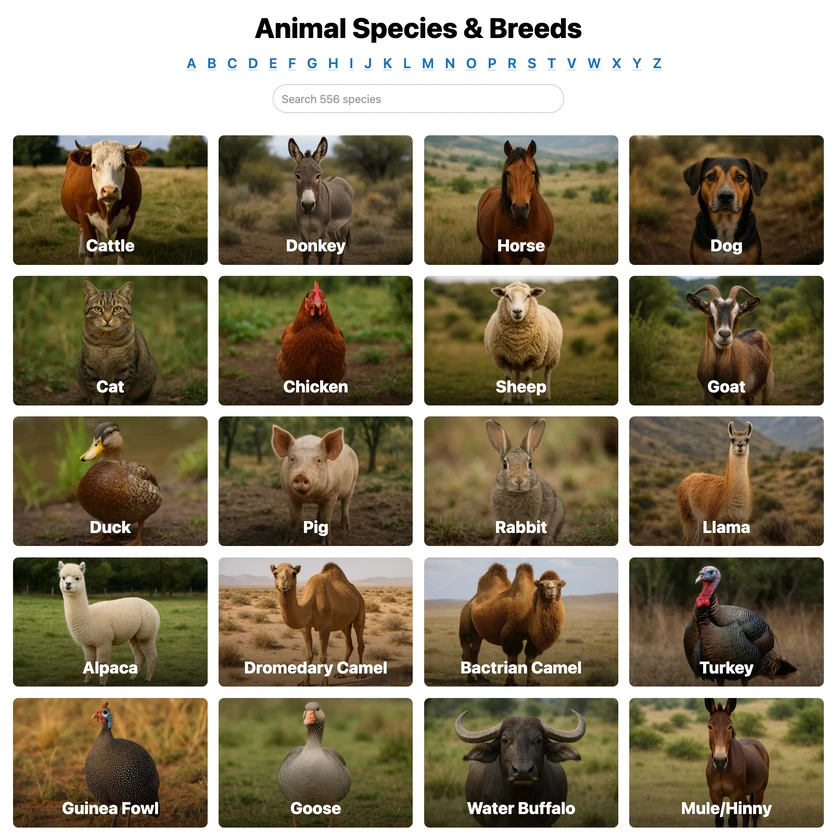 All Species & Breeds
All Species & Breeds
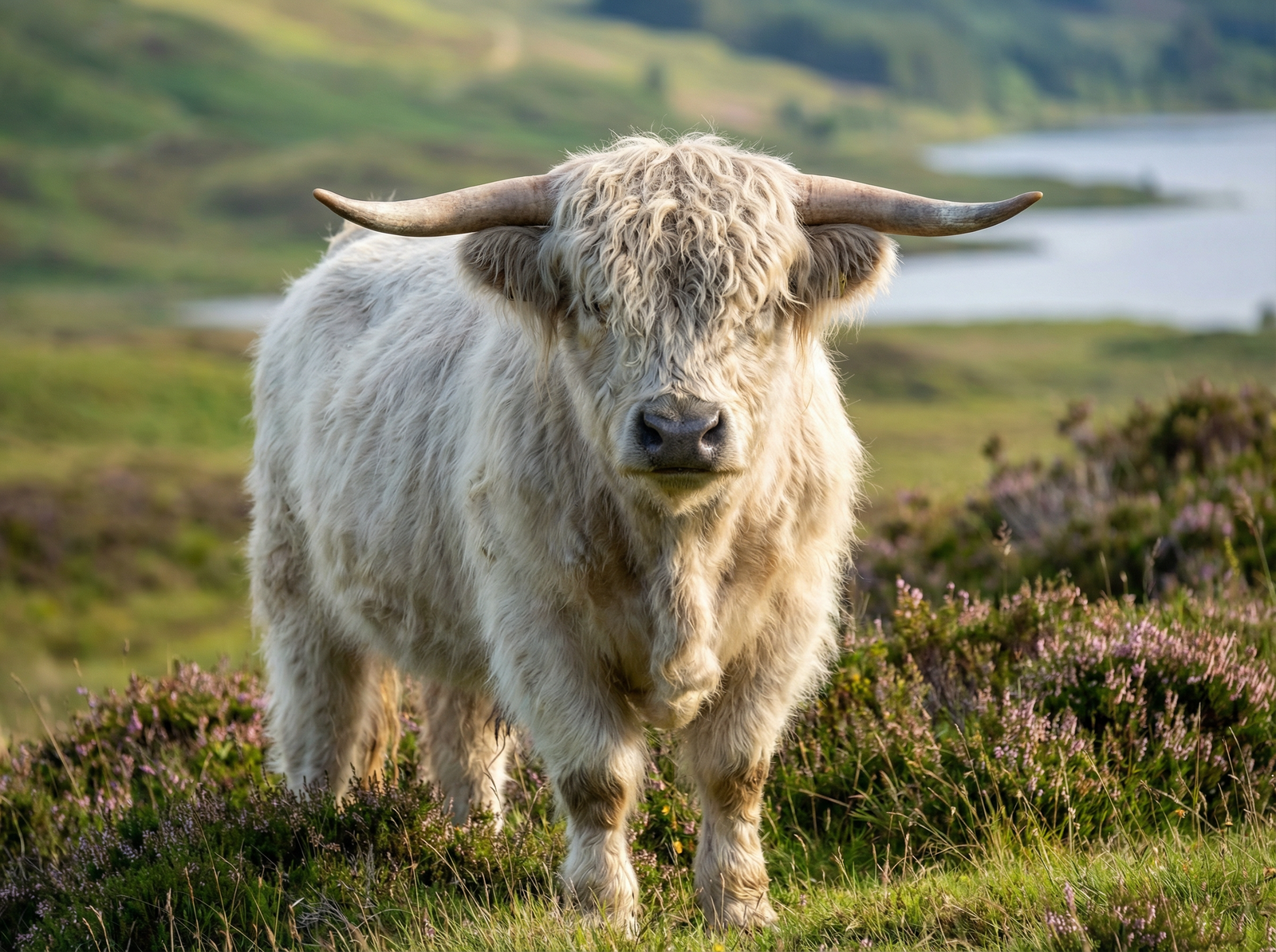 Highland Cattle
Highland Cattle
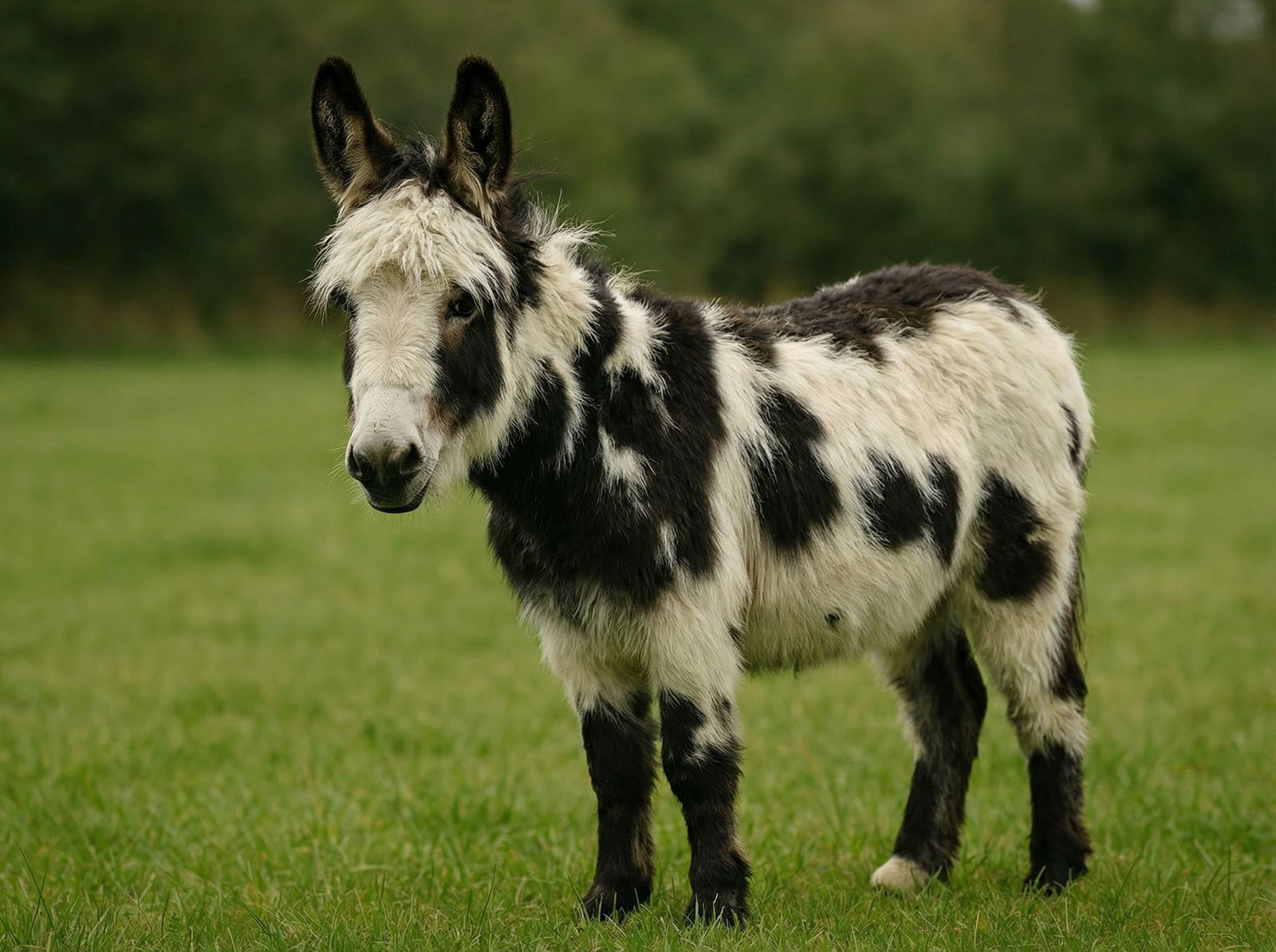 Miniature Donkeys
Miniature Donkeys
 All Species Directory
All Species Directory
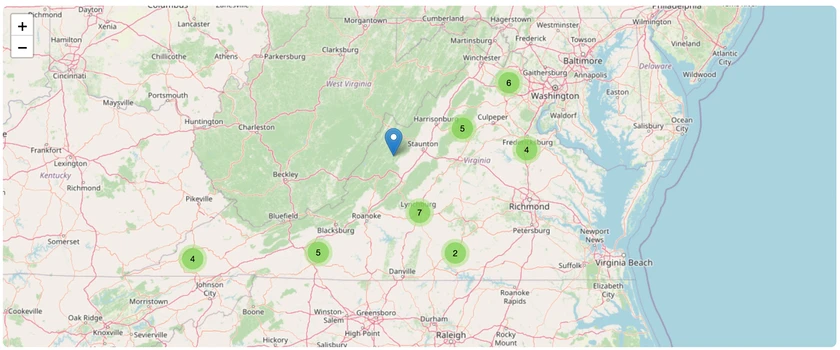 Highland Cattle in Virginia
Highland Cattle in Virginia
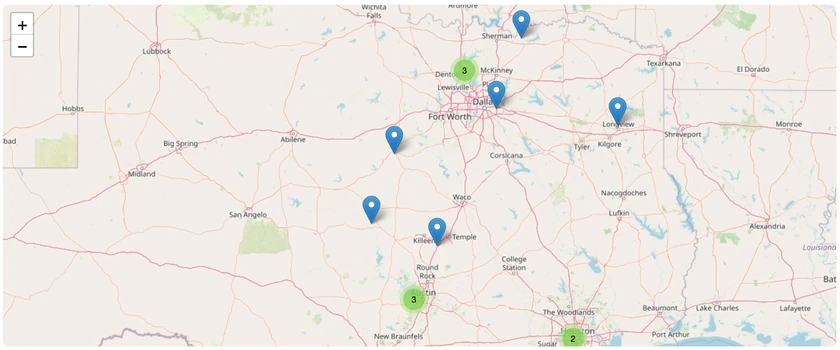 Miniature Donkeys in Texas
Miniature Donkeys in Texas
